According to Matlab documentation:
"If A is a grayscale or RGB color image of data type double or single, then imwrite assumes that the dynamic range is [0,1] and automatically scales the data by 255 before writing it to the file as 8-bit values."
In other words: imwrite performs automatic conversion from double to uint8.
if you wish to keep the values of Iw unchanged, save it as a mat file and not as an image.
If you do want to save it as an image - there is going to be some loss of information. In this case, there are two things which need to be done:
Change the dynamic range of the matrix to [0,1]. (in your case, the range is between -0.0035 to 255.0035. Also, the matrix contain inf values).
If you want to get an equality, scale IwNew by 255, and convert it to uint8.
Code:
load image.mat %load Iw
%step 1, change the dynamic range of the image to [0,1].
%One way to do it is by using mat2gray on each channel separately.
Iw(:,:,1) = mat2gray(Iw(:,:,1));
Iw(:,:,2) = mat2gray(Iw(:,:,2));
Iw(:,:,3) = mat2gray(Iw(:,:,3));
%write the image to file
imwrite(Iw,'image.png');
%read the image
IwNew=imread('image.png');
%scale it, and convert to uint 8
Iw2 = uint8(Iw*255);
%check equality
isequal(Iw2,IwNew)
Result:
ans =
1
Alternatively, if you want to convert IwNew to double, perform the following:
%conversion to double
Iw2 = double(IwNew)/255;
Notice that in this case, the matrices won't be equal to one another,
Due to the loss of information which happened during the imwrite process (conversion from double to uint8).
Instead, they will be epsilon-close to one another, where epsilon = 0.0001.
In order to test this, write the following:
%equality check
sum(abs(Iw2(:)-Iw(:))>0.0001)
Result:
ans =
0
 But my programs are all in MATLAB.
But my programs are all in MATLAB.